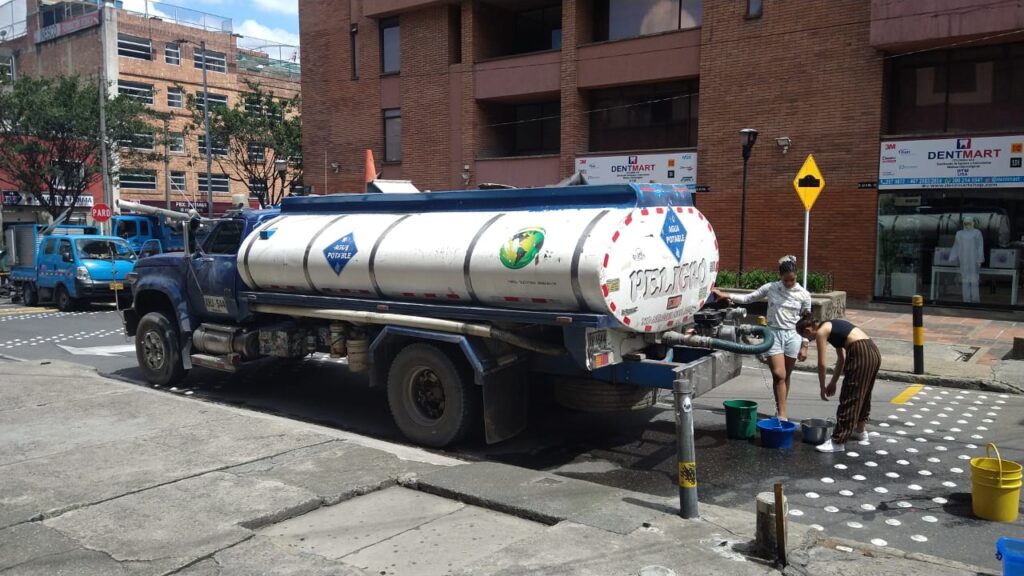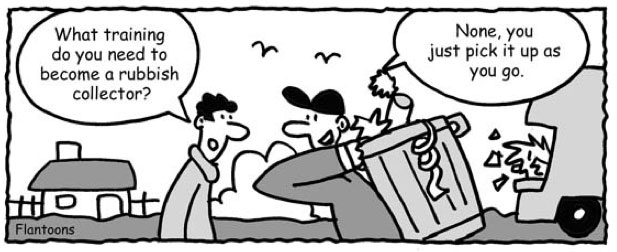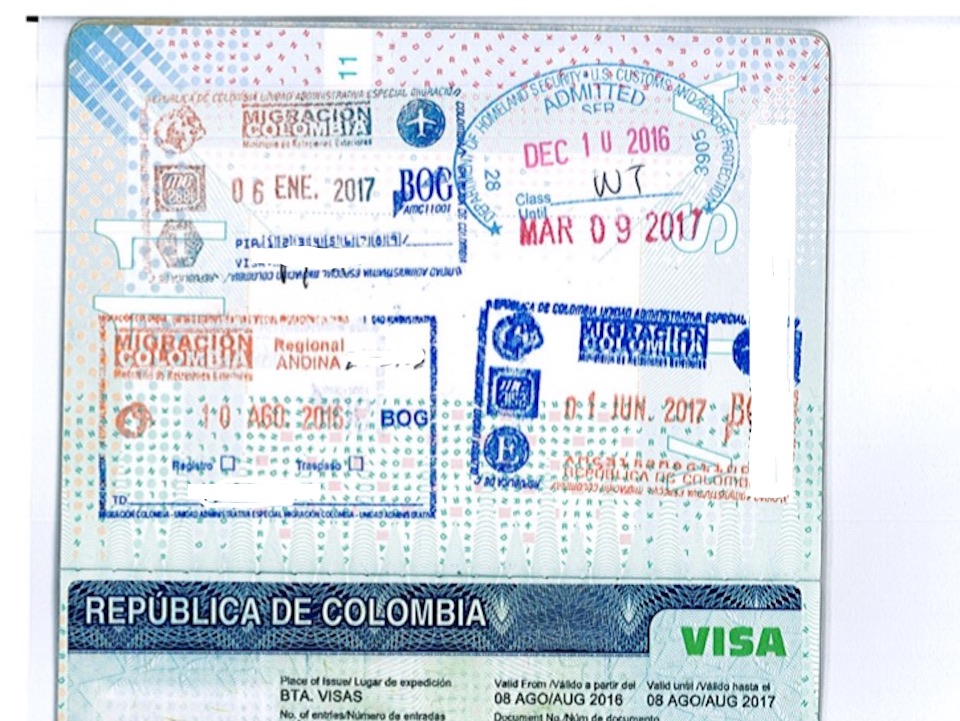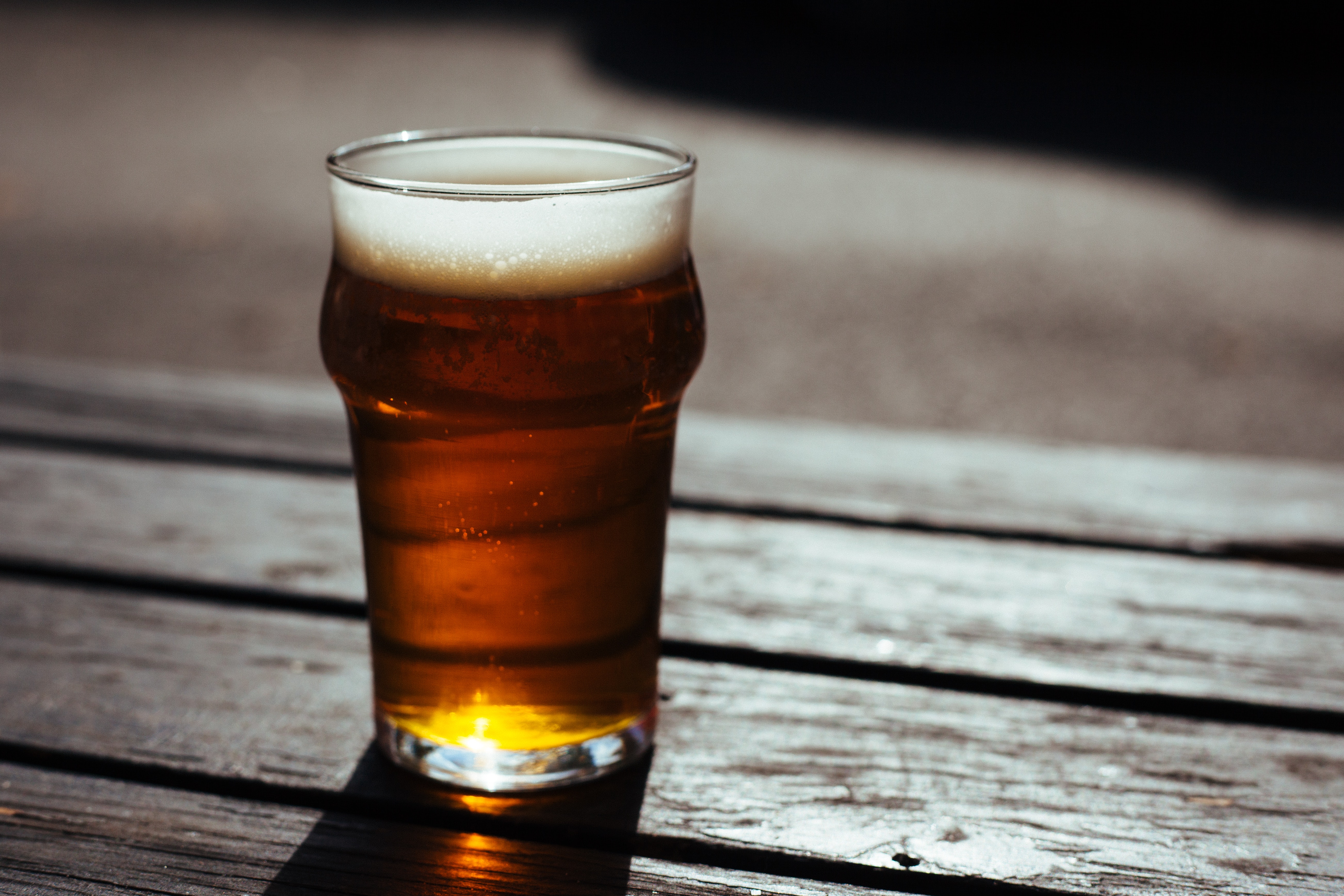Water water, absolutely nowhere and definitely not a drop to drink. Oliver Pritchard tries to get to the bottom of the great Chapinero drought.

The last time I had water running through the pipes in my apartment, it was Wednesday morning. Over 120 hours later, it’s Monday and there’s still no real sign of a return to normal service. The company running the capital’s water and sanitation services, EAAB (Empresa de Acueducto y Alcantrillo de Bogotá), have failed badly.
On Wednesday, March 16, it seems, there was an unforeseen problem with a major pipe at calle 39 and carrera Séptima. That affected the water service for an area stretching from 39 itself right up to 60, between Séptima and Carrera 13. EAAB announced on Saturday that the immediate problem had been solved, but that there were problems with reconnecting the affected area.
I think I speak for many of my vecinos when I say that we’re not unsympathetic to the problems that EAAB has in reconnection. Unforeseen things do happen, and we understand that they’re not always easy to fix. But we’d like more practical solutions. What we got was a carrotanque of water that passed by without warning on Saturday afternoon. The lack of warning meant many people couldn’t take advantage. And half an hour later, that truck was gone again.
Many Colombians don’t have access to water
The lack of water in Chapinero for almost a week is a drop in the ocean when you think about other parts of the country, and indeed the city. We’re privileged enough to kick up a fuss, but would we get even worse treatment if we were living in a less affluent neighbourhood? There are certainly zones of the periphery of Bogotá that have trouble with reliable access to water. During the pandemic this became evident as handwashing suddenly became of paramount importance.
This in turn pales in comparison to areas like the Alta Guajira or even the departmental capital of Casanare, Yopal, which still has no proper water system. Santa Marta has seen protests and marches against the lack of decent water supply recently. Another departmental capital, Leticia in Amazonas, is issuing alerts. Poor infrastructure means a shocking number of people in Colombia still don’t have safe, clean, accessible and affordable drinking water and sanitation – which is a human right.
Hundreds of municipios around the country do not have access to drinkable water. The number of people without access to any clean water is estimated at 1.4 million by WaterAid, and the Colombian state reckoned 5 million people didn’t have regular access to drinking water last year. In Chocó, only 40% of people have access to drinkable water.
These numbers are frightening, as water is the most basic of human necessities. It’s the responsibility of the Colombian state to provide the basics for its citizens, but in so many places they are simply abandoned.
Mismanagement and poor communication
Back to Chapinero. Why couldn’t EAAB at least use Twitter to keep people informed? Put out a schedule and allow us all to know when we might be able to collect some fresh water. Ideally, they could print flyers and send people door-to-door. Or at least give some idea of how long this might last or when a solution might come. Instead, it’s been a PR disaster.
Everyone affected has stories of EAAB representatives hanging up the phone or ignoring complaints. Twitter posts receive a simple “DM us” message which is inevitably ignored. EAAB are aware that they can get away with this, even in the middle of the capital. This is the service many Colombians receive from their state institutions, often underfunded and rotten through with corruption.
In the end, it’s we the people who bear the costs of this, from the irritation of having to ask friends to borrow their facilities to the real costs of having to buy water. A 24 hour water cut isn’t the end of the world, as you can use litres of water to supply animals, to drink, to brush teeth and the like. Showering, flushing toilets, washloads of clothes – these things require much larger quantities of water, and are basic parts of regular life that can’t be put off for too long. This week’s stoppage is a reminder that this is daily life for many in Colombia.
In theory, the Colombian government is working to ensure everybody has drinkable water by 2030. But after years of poor investment levels in infrastructure, will we see more of these cases going forward? Colombia says it is working on improving water access throughout the country, but is EAAB’s behaviour this week indicative of systemic issues? In the UK, for example, check valves would be able to supply water by rerouting through other lines. Why didn’t EAAB take steps before the problems arise? When will impoverished and underprivileged zones get the same treatment? And finally, will we ever see accountability from public institutions?





